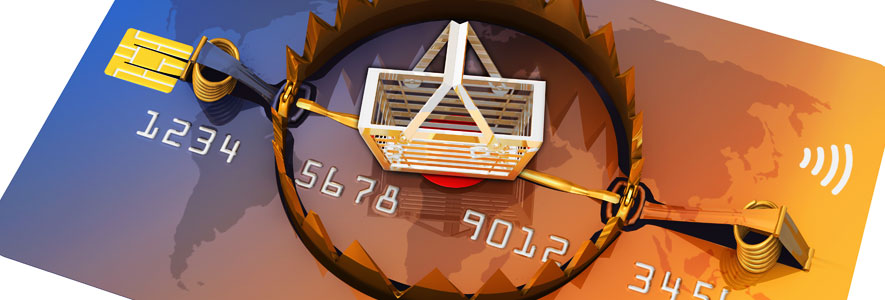Knowing What is Considered High Risk
When it comes to credit card processing, businesses must set up a merchant account. The two types of accounts include low risk and high risk. There are a number of reasons a business could be considered high risk, ranging from the industry to monthly sales amounts to whether the transaction is card-present or card-not-present. With a high risk designation comes a number of pros and cons that can help and hinder business.
The Downside
The first thing that impacts a business labeled high-risk is the higher fees to obtain and keep a merchant account operational. Initial startup costs can be significantly more than a traditional, low risk merchant account, as well as monthly fees. Without significant monthly sales and increased earning potential, this fact alone may send some companies out of business.
Along with higher monthly and startup fees, high-risk merchant accounts are subject to high rolling reserve rates. Acquiring banks use the reserve in emergency situations to protect its assets. While the money may belong to the merchant, it may not be accessible for the first 180 days, which can cause cash flow issues. Acquiring banks may withhold up to 15-20 percent of monthly sales.
Perhaps the biggest con is the increased chargeback fee. Because it is assumed that high-risk businesses are more likely to experience a higher percentage of chargebacks, many acquiring banks will increase the fee to process a chargeback. Now, not only will the merchant have to pay for the administrative tasks involved with processing the chargeback, but an additional fee for each case.
The Upside
While it is true that a high-risk merchant will be subject to higher operating costs and fees, there are a number of positives that come with having a high-risk account. A business may intentionally apply for a high-risk account because of the benefits of global expansion. The potential sales figures for a global business can far outweigh the fees and operating costs, as the business can sell to any person, in any country, at any time.
Chargeback management is also one of the major benefits of a high-risk account. A low risk account may be closed after the threshold for chargebacks is reached. However, it’s expected that a high-risk account will have a large number of them. The low risk business will either have to opt for a high-risk account at that point or permanently close their business. It’s true that the high risk account will pay more fees, but the life of the business won’t be placed in jeopardy.
Not all high-risk merchant account providers are created equal, and some may offer services like chargeback prevention. It’s important to choose the right merchant account provider for your business. The right partner can help lower the amount of chargebacks your business will process. Work with the right provider to have more potential for sales growth, as well as better chargeback management, monitoring, and protection.
TOTAL-APPS and High Risk Merchant Accounts
TOTAL-APPS maintains sound relationship with a number of acquiring banks to offer more options when opening a merchant account. This provides better acceptance rates, as well as the potential for lower startup and monthly rates. TOTAL-APPS also offers management services for high risk accounts, using a propriety method of bringing fraud and chargebacks down quickly.
Contact TOTAL-APPS to reduce chargebacks and costs today!

